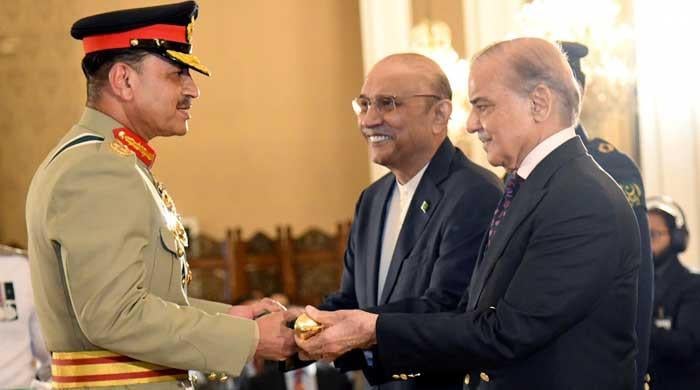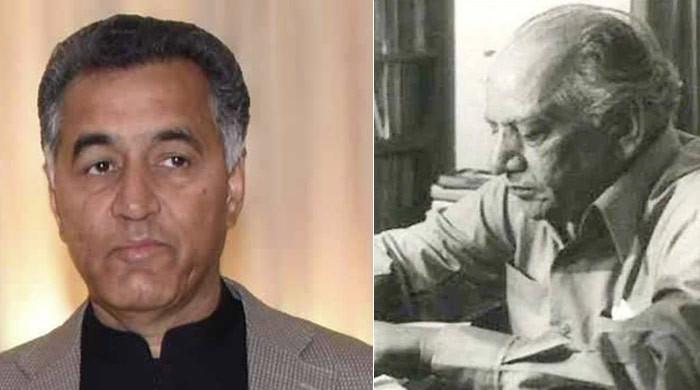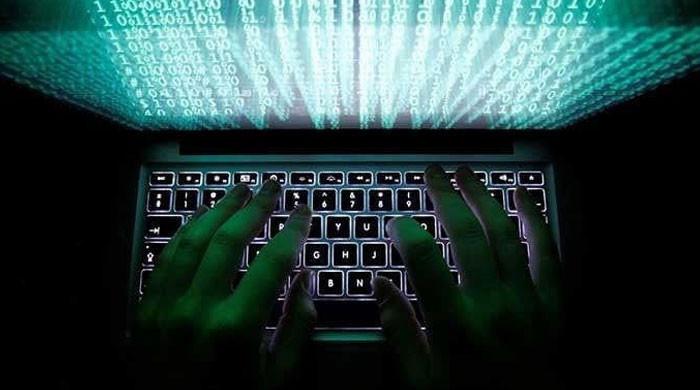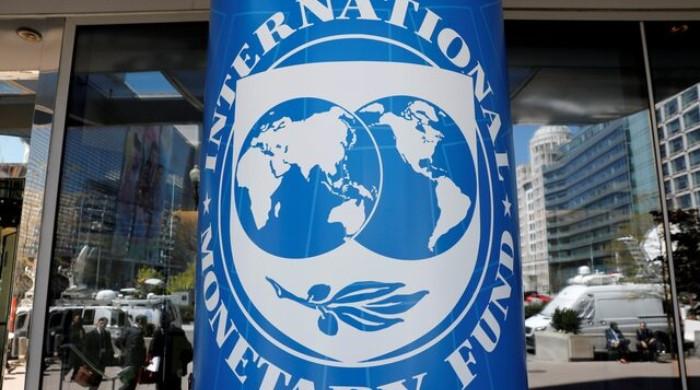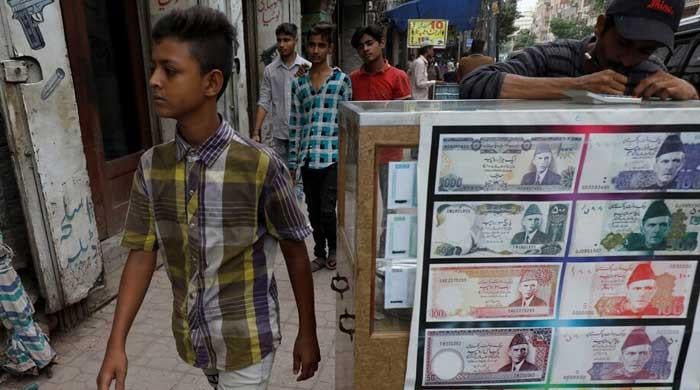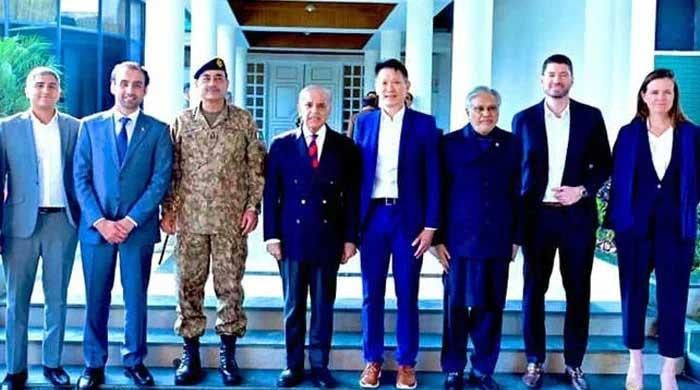Has Pakistan’s media ever been free?
70 years today: A look back at how military and democratic regimes in Pakistan suppressed the media
August 13, 2017

When Quaid-e-Azam waged the constitutional struggle for independence, he imagined a constructive role of the press in the new country. On March 12, 1947, addressing the Bombay Provincial Muslim Journalist Association, he said, “You have great power. You can guide and misguide people. The power of the press is really great, but you must remember that this power, which you are wielding, is a trust. Look upon it as a great trust and remember that you are guiding honestly and sincerely the progress and welfare of your nation.”
For Pakistan to stay on the road to becoming a truly democratic state, the media must play its part, responsibly. But is it possible here, for a truly free and independent press to exist?
Prior to gaining relatively more freedom, owing to private television channels and the social media, Pakistan’s media has historically worked under constraints. Lord Wellesley’s Press Act, 1799, was enforced in undivided India, followed by the Licensing Regulations, 1823, Licensing Act, 1857, and the Press Act of 1835, which required a printer or publisher to give a precise account of a story before publishing.
Ironically, even the newly liberated country, based on the promise of equal rights and a democratic polity, continued the colonial tradition of repressing the press. Even though these actions were contrary to the Quaid’s beliefs. In one gathering he is recorded to have said, “I expect you (journalists) to be completely fearless. I want you to criticize it (Muslim League) honestly as its friend, in fact as one who whose heart is beating with the Muslim nation.”
Disregarding the Quaid’s words, the tinkering with the press started soon after. Even his August 11, 1947, speech was subjected to censorship.
During his lifetime, the Quaid did not allow the passage of legislation that would suppress the press. But barely two months after his death in 1948, the Public Safety Ordinance was promulgated. From 1948 to 1953, 31 newspapers were banned in Punjab. The press did show resilience, but on many occasions, it bowed down to coercion and allurement of money. The Justice Munir Commission report on the 1953 riots in Punjab vouchsafes for this fact, stating that publications such as the Azad, The Maghrabi Pakistan, Zamindar, Afaq and the Ehsan received funds to fuel the riots.
Moving on to 1958, General Ayub Khan’s regime took over the left-leaning Progressive Papers Limited (PPL). Then in June 1961, it added to its control the Associated Press of Pakistan (APP) and turned it into its primary state-run news agency.
A few years later, the National Press Trust (NPT), which owned 11 newspapers in English, Urdu and Bengali in six major cities of united Pakistan, was established. And if that wasn’t sufficient to control the media, the Press Information Department (PID) was set up to disseminate government propaganda.
Even with a change of government and move to a democratic set up, the country’s press could not catch a break. From 1971 to 1977, Zulfikar Ali Bhutto banned many newspapers and targeted journalists. The government used advertisements to pressurize newspapers to print articles in their favour - a practice that continues to this day.
However, General Zia ul Haq’s regime proved to be the darkest. It increased the amount of security deposits for publications and forced newspapers to publish all of its handouts and press releases. During his tenure, pre-censorship and a Libel Act were introduced.
After Haq died in a plane crash, his regime was brought to an abrupt halt. For the next few years, the political pendulum swung between Nawaz Sharif and Benazir Bhutto and finally General Pervez Musharraf. All three fared better, relatively, than their predecessors. In 2002, Musharraf set up the Pakistan Electronic Media Regulation Authority (PEMRA) to regulate TV channels and FM radio and brought Freedom of Information Ordinance to provide access to information. Yet, the onslaught was never far. Nawaz Sharif’s attack on the Jang Group in 1999 and General Musharraf’s action against TV channels during the lawyers’ movement in 2007 are examples of this.
Owing to these restraints, Pakistan’s media largely could not highlight issues compatible with democracy, good governance and civil rights.
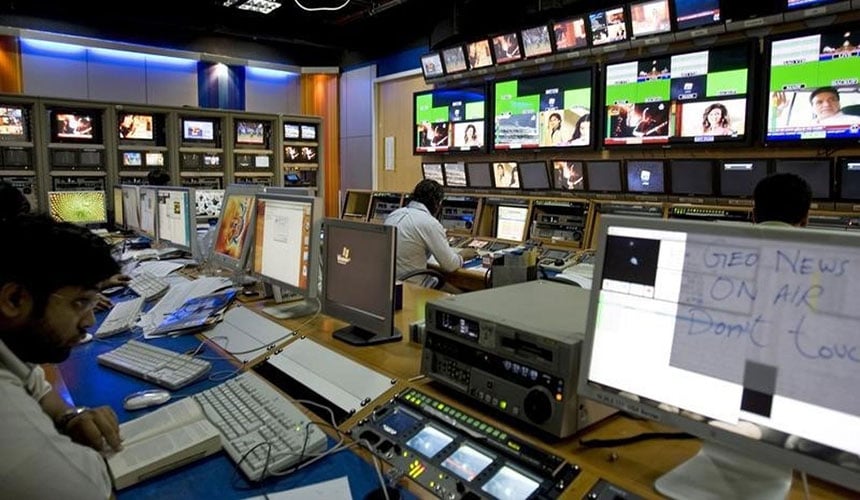
The main hindering factors have been, and are to this day, the anti-press attitude, flak groups, and inaccessibility to information and economic interests. There is evidence that Pakistan’s media has followed the agenda of powerful sections. According to a study by this writer, from 1997 to 2006 out of 1,200 published news items, 627 were statements issued by the parties in power. This shows an inclination towards ‘statement journalism’, indicating agenda following.
Political parties have been equally culpable, as they have used the mantra of democracy and media freedom as a means to win popular support but ignored it after assuming power. Take the example of Benazir Bhutto and Nawaz Sharif’s removal through Article 58 (2B). There was little protest and the media largely adopted the establishment’s argument.
In order to materialize the Quaid’s concept of media freedom and the role of media in a democratic polity, the powers that wield money, influence and muscle should shed their authoritarian mindset and imbibe democratic values. The present-day world offers no space for the states deviating from the path of democracy and ruling through the fiat of dictatorship. This applies to both the establishment and the civilian leaderships, which have yet to introduce intra party democracy.
Pakistan’s media, which is working in an era of free information flow, satellites and social media, has its job cut out for it. The media should reinstall the filters of gate-keeping through professional editors. At the same time, the media should be given protection from violence of militant groups. The present-day media landscape includes social media, which has emerged as a new agenda setter, with unverified content shifting from it to traditional media. Passed last year, the Prevention of Electronic Crimes Act is aimed at imposing some checks on this free for all, gung-ho media. It has to be reemphasized that in line with the Quaid’s vision, Pakistan needs democracy to work and a vibrant responsible media to work with it.
Hassan is the Dean of the School of Media and Mass Communication, Beaconhouse National University in Lahore.
Disclaimer: The views and opinions expressed are those of the author and do not necessarily reflect the official policy or position of Geo News or the Jang Group.




